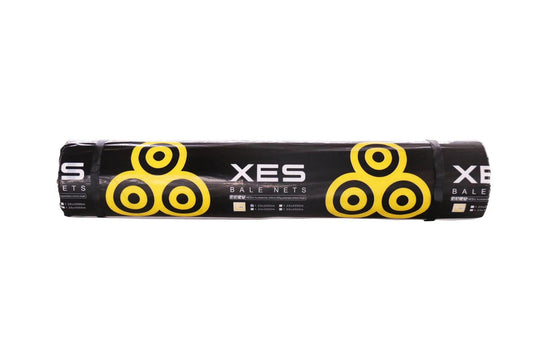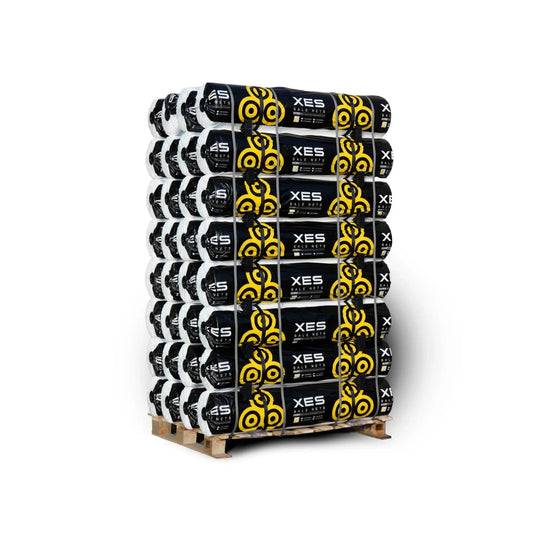Round vs. Rectangular Bales: Insights from the Study
The study investigated the storage losses experienced by round and rectangular bales over an eight-month period. Interestingly, the results showed relatively few disparities between the two types of bales. Both round and rectangular bales experienced a loss of approximately 23 percent of the total volume of the bottom bales due to re-wetting. While round bales situated on top of the stack exhibited better water shedding capabilities, the study's unique pyramid storage design led to water runoff from the upper bales onto the lower ones, causing similar damage.
Minimizing Dry Matter Losses: Practical Strategies
To minimize dry matter losses and ensure optimal hay storage, consider implementing the following strategies:
- Choose a Well-Drained Surface: Selecting a well-drained surface is vital. Moist soil can result in bales absorbing moisture, even when shielded by plastic tarps. Elevate bales using materials like large crushed rock, concrete, pallets, or old tires to mitigate moisture wicking from the soil.
- Focus on Bale Size and Density: Opt for larger bales with less surface exposed to environmental conditions. Densely packed bales resist moisture better than those with low density. Aligning round bales end-to-end and incorporating net wrapping can aid in improving water shedding, though not eradicating the issue entirely.
- Consider Forage Type: The kind of forage also determines water shedding capabilities. Bales crafted from flat, grassy forage typically shed water more efficiently than coarse, stemmy alfalfa bales.
- Optimize Storage Location: Position bales in sunlit areas for improved dryness compared to shaded spots. Ensure runoff flows between rows, rather than directly onto bales, to minimize water retention.
- Avoid Unnecessary Stacking: Refrain from stacking unprotected bales, as it can hinder water runoff and extend drying durations. Utilize or sell bales stored outdoors promptly to reduce prolonged exposure.
Conclusion
The study on hay storage reveals subtle differences in storage losses between round and rectangular bales. Several factors influence hay storage efficiency, but by adhering to strategies such as well-drained surface selection, bale size and density optimization, and forage type consideration, dry matter losses can be minimized. Adhering to these guidelines enables farmers and hay producers to enhance their hay's quality and lifespan, promoting a more sustainable and efficient storage method.


